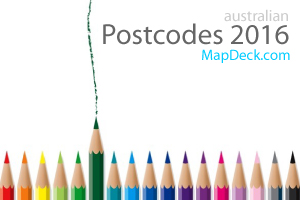 |
| [Perth.Australia - Landsat 8 image: natural color RGB (bands 4-3-2) - brightness, contrast and exposure adjusted] |
The Australian Landsat archive is a historic record of landscape change over the last 32 years - change which was shaped by events like droughts, floods, bushfires, cyclones, land erosion but also urban expansion, land clearing, mining, crop growing, grazing and similar human activities.
The collection contains images of Australia acquired by Landsat 5, Landsat 7 and Landsat 8 satellites since 1986. There are over 3 million individual pieces of data to browse through. The archive is still growing, with imagery acquisition occurring up to six times a day over various parts of Australia every single day. Updates are released to the public on a regular basis, so the latest imagery is no more than just a few weeks old.
With pixel size of 25m, Landsat satellite imagery is ideal for local, regional and continent-scale analysis. A unique feature of the Australian collection is that the data is distributed in an "analysis ready" state - which makes it easy to compare the data through time and between various locations, but also with data from other satellites and with various resolutions. This is unlike other public Landsat data versions available directly from the USGS or through other third parties.
 |
| [Cowra.Australia - Landsat 8 image over Open Street Map: fractional cover - red: bare soil, green: photosynthetic vegetation, blue: non-photosynthetic vegetation] |
The data has been available for download for some time now but not in the synthesized format which is ready for immediate online use. A break-through innovation implemented in the un|earth:: application makes it possible to access and analyse all that historical Landsat data with just a web browser.
Experience un|earth:: first hand by visiting MapXplorer.com - more information about its current functionality in a recent media release.


